Are you planning a trip to France? – Paris is waiting for you!
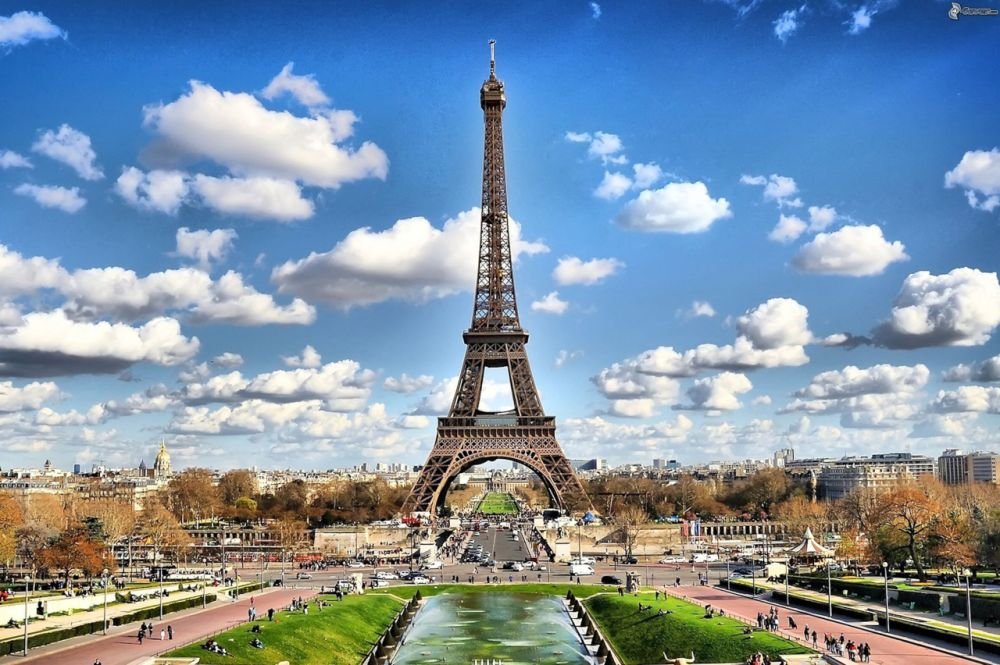
Paris is a beautiful city for its iconic architecture, rich history and cultural significance. When in France, you must visit the capital! There are plenty of places, monuments and works of art to see.
The French capital is divided into 20 districts – I think it would be worth learning something about each of them:

1st district of Paris (Louvre) This oldest district of Paris is located in the very center of the city. Full of monuments, it is a real paradise for tourists. A significant part of it is occupied by the Louvre and the Tuileries Gardens.
Here you will find: the Louvre, Tuileries Gardens, Sainte-Chapelle, Pont Neuf, Place Concorde.
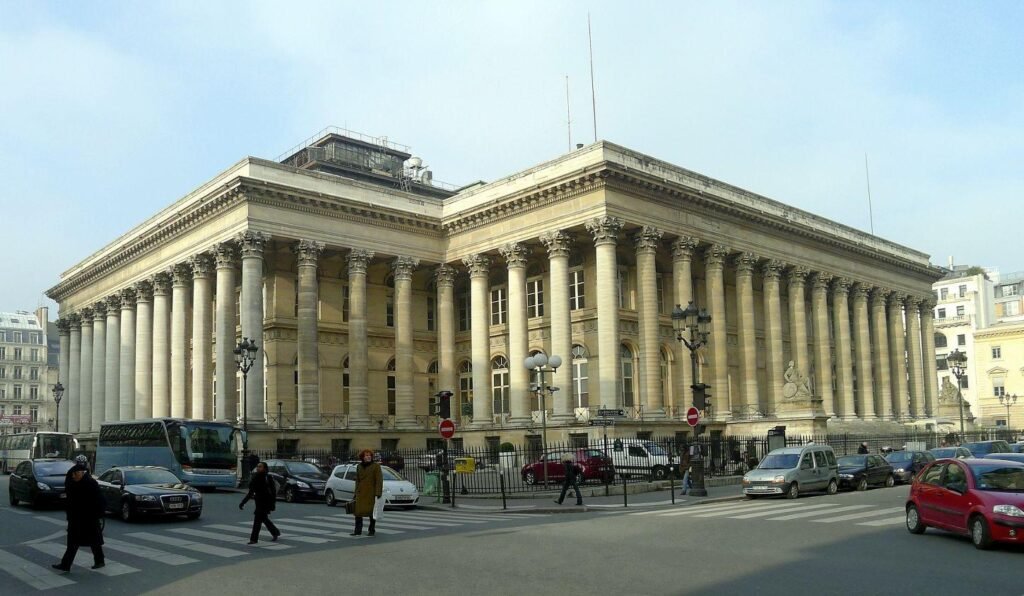
2nd district of Paris (Bourse) A small business district where the historic Bourse stock exchange is located. In the second district, life goes on in fashionable pubs and boutiques located on the main streets: Etienne Marcel and Rue Montorgueil.
Here you will find: the Paris Stock Exchange, rue Etienne Marcel and Montorgueil.

3rd district of Paris (Temple) Together with the fourth arrondissement, it forms one of the oldest districts of Paris called Marais. The third district is considered its quieter part. There is a Picasso Museum there, as well as many estates inhabited in the 17th century by the most noble Parisian families.
Here you will find: Musée des Arts et Métiers, Picasso Museum.

4th district of Paris (Hôtel-de-Ville) A vibrant area with plenty of trendy bars, boutiques and restaurants, including those specifically for the gay community. The life of the Parisian Jewish community centers on Rue des Rosiers.
Here you will find: Center Georges Pompidou, Hôtel de Ville, Marais, Place des Vosges, Rue des Rosiers.
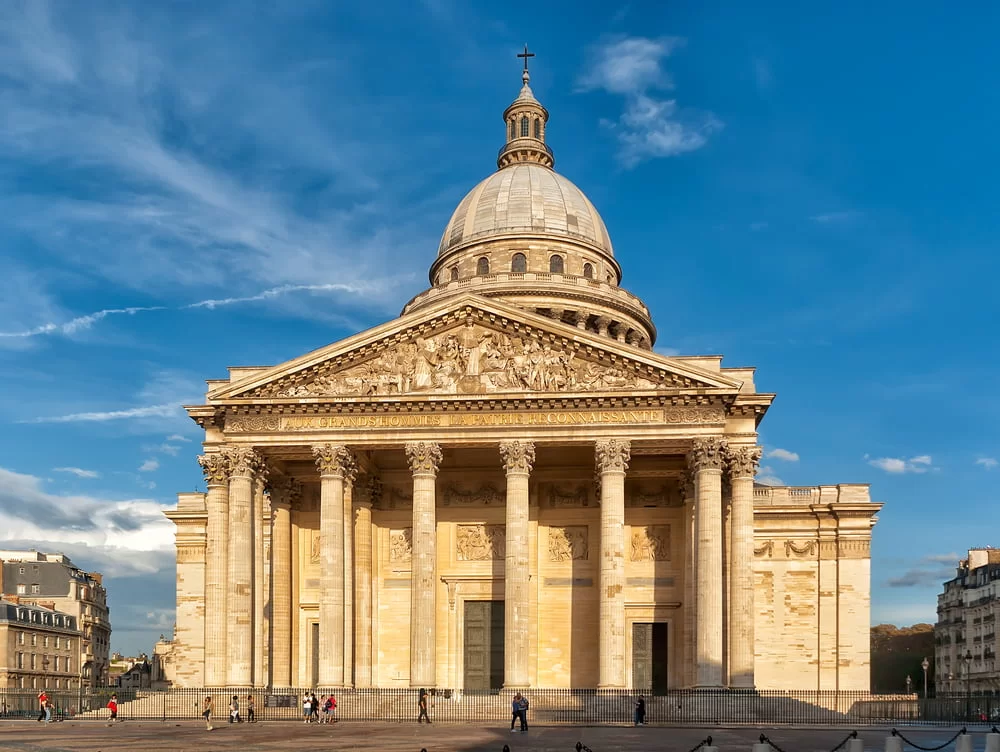
5th district of Paris (Panthéon) This historic district owes its name to the Sorbonne, where the Latin language was used in the Middle Ages. Rue Mouffetard is the main thoroughfare, lined with shops, student bars and cafés.
Here you will find: Sorbonne, Pantheon, Botanical Garden, Paris Mosque.

6th district of Paris (Luxembourg) The history of the district dates back to the 6th century, when the Benedictines founded their abbey. After World War I, Saint Germain des Prés became a symbol of the intellectual life of Paris, which took place in cafés and bars. Currently a fashionable district of Paris with famous designer boutiques, good restaurants and cafes.
Here you will find: Luxembourg Gardens, Orsay Museum, National Assembly.

7th district of Paris (Palais-Bourbon) This is where the symbol of Paris, the Eiffel Tower, is located. Since the 17th century, the seventh arrondissement has been home to the French elite. It hosted World Exhibitions several times, on the occasion of which the Eiffel Tower and Orsay Station (now a museum) were built. The famous Parisian designer Karl Lagerfeld lives in the seventh arrondissement.
Here you will find: the Eiffel Tower, the Hotel Invalides, the Rodin Museum, the Orsay Museum.

8th district of Paris (Élysée) Despite the crowds of tourists on the Champs Elysées, the 8th arrondissement is luxurious and undeniably elegant. The Elysée Palace, where the President of France resides, is located here. There are also numerous embassies.
Here you will find: Champs Elysées, Elysée Palace, Arc de Triomphe, Church of Saint Magdalene, Alexander III Bridge, Parc Monceau.

9th district of Paris (Opéra) In the 19th century, numerous theaters developed in the ninth arrondissement of Paris, which is why the Paris Opera was located here. The first Parisian shopping arcades were built on Grand Boulevard. Currently, numerous boutiques, street stands, as well as Galeria Lafayette and the Printemps department store mean that there are always a lot of people in the area.
Here you will find: Opera Garnier, Galerie Lafayette, Printemps department store, Grevin Museum.
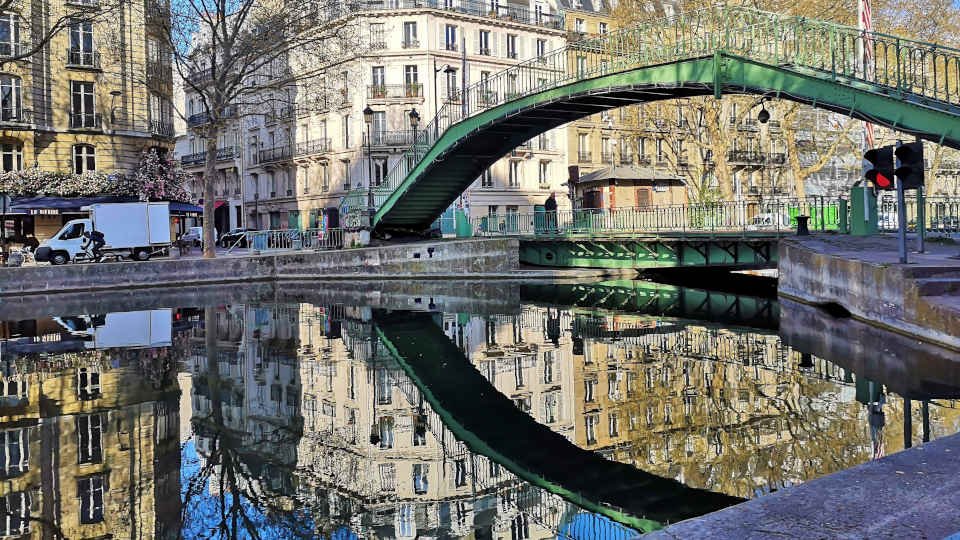
10th District of Paris (Enclos-St-Laurent) The tenth arrondissement of Paris is little known to tourists. On the coast of the St. Canal Martin, you can find numerous traces of working-class Paris from the 19th century. Located a stone’s throw from the bustling city center, it increasingly attracts young workers and artists.
Here you will find: St. Canal Martin, Gare du Nord, Gare de l’Est.

11th District of Paris (Popincourt) A popular residential area, Eleven is the most densely populated area of Paris. This once the poorest corner of Paris is developing dynamically. In the evenings, the local bars and restaurants are filled with customers, mainly young residents of the capital, hipsters and foreigners. During the day, a business district with office buildings.
Here you will find: Bastille Square, Edith Piaf Museum.

12th District of Paris (Reuilly) Like eleven, twelve is a former working-class district that has undergone significant transformation in recent years. Since the Opera Bastille was built in 1989, the streets have been filled with avant-garde boutiques and fashionable restaurants. The district, devoid of monuments, allows you to get to know the real life of Parisians.
Here you will find: Opera Bastille.

13th Distric of Paris (Gobelins) The 13th district has a reputation as “Little Asia” due to its large Chinese and Vietnamese communities. Here you will find numerous restaurants, bars and Asian shops.
Here you will find: National Library.

14th Disctrit of Paris (Observatoire) Currently located in the shadow of the tower, in the interwar period the Montparnasse district attracted the artistic and intellectual elite from all over Europe.
Here you will find: Montparnasse Tower, Montparnasse Cemetery, Gare Montparnasse train station, Paris catacombs.
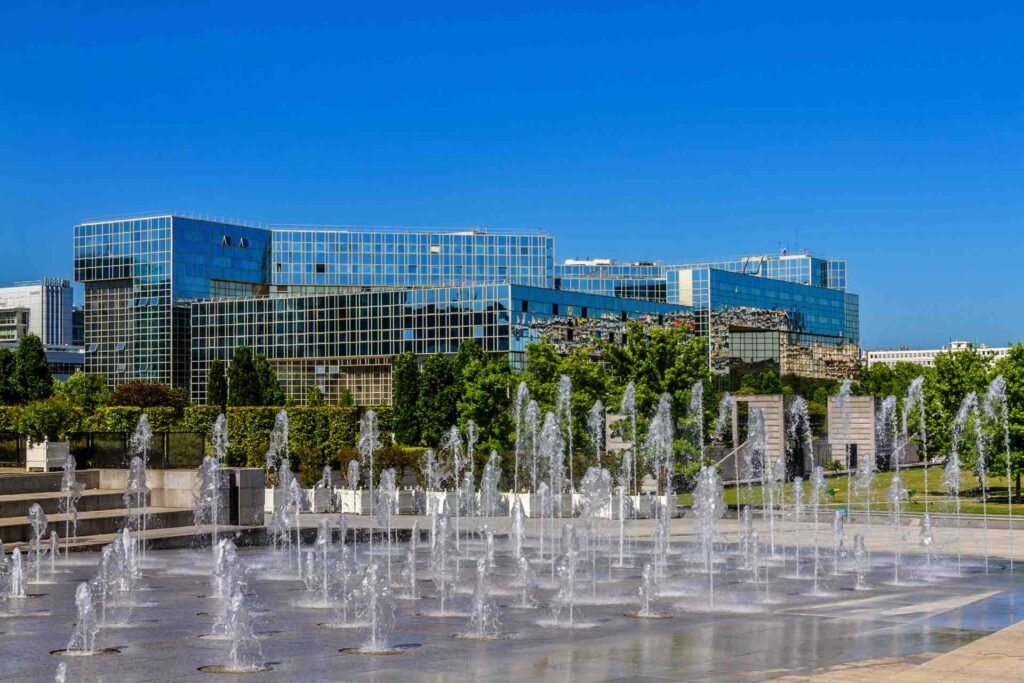
15th Distrit of Paris (Vaugirard) Fifteen is the largest district in Paris in terms of area and number of inhabitants. With its numerous skyscrapers from the 1970s, it does not impress architecture enthusiasts. Also, tourists will not find any particularly noteworthy places there, except for Andre Citroen Park.
Here you will find: Andre Citroen Park.
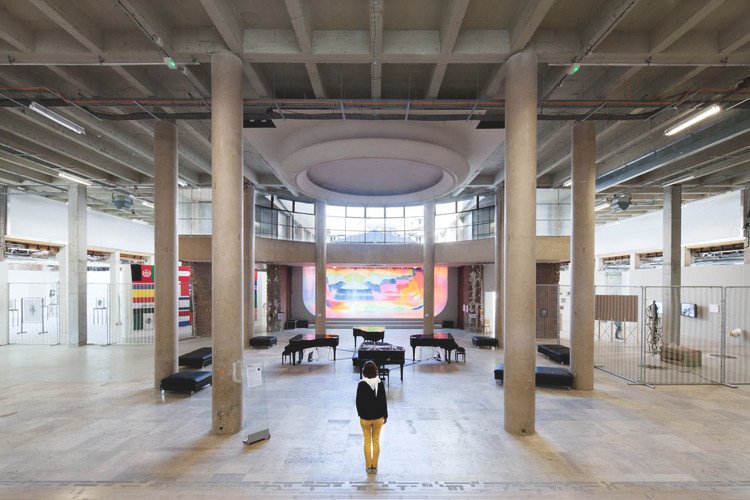
16th Distrit of Paris (Passy) Even if the 7th arrondissement is actually more exclusive, the 16th has a reputation as the most luxurious district in Paris, inhabited by the capital’s best-off residents. On the western side it borders the Boulogne Forest. There are still palaces and theaters in this bourgeois district.
Here you will find: Palais de Tokyo, Palais de Chaillot, Bois de Boulogne.
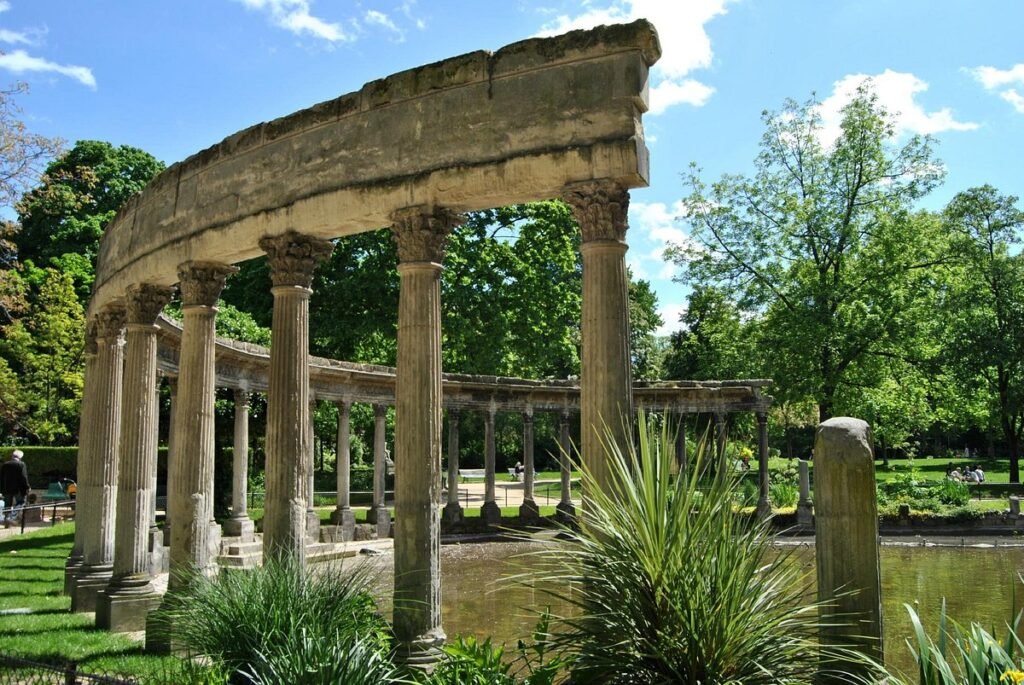
17th Distrit of Paris (Batignolles-Monceau) The 17th arrondissement was once home to French artists and writers. Finding a place to stay in this district – located near the Champs Elysées – is easier and more affordable compared to bourgeois districts such as the 16th or 7th.
Here you will find: Parc Monceau, Batignolles Cemetery.

18th Distrit of Paris (Butte-Montmartre) Montmartre, inextricably linked with the Sacre-Coeur Basilica, Place Pigalle and the Moulin Rouge cabaret, is considered by many tourists to be the most picturesque part of Paris. Unfortunately, this district also has a second, slightly darker side. The metro areas of Barbès-Rochechouart and Château Rouge are some of the most dangerous regions!
Here you will find: Sacre-Coeur Basilica, Moulin Rouge, Place Pigalle, Place du Tertre.
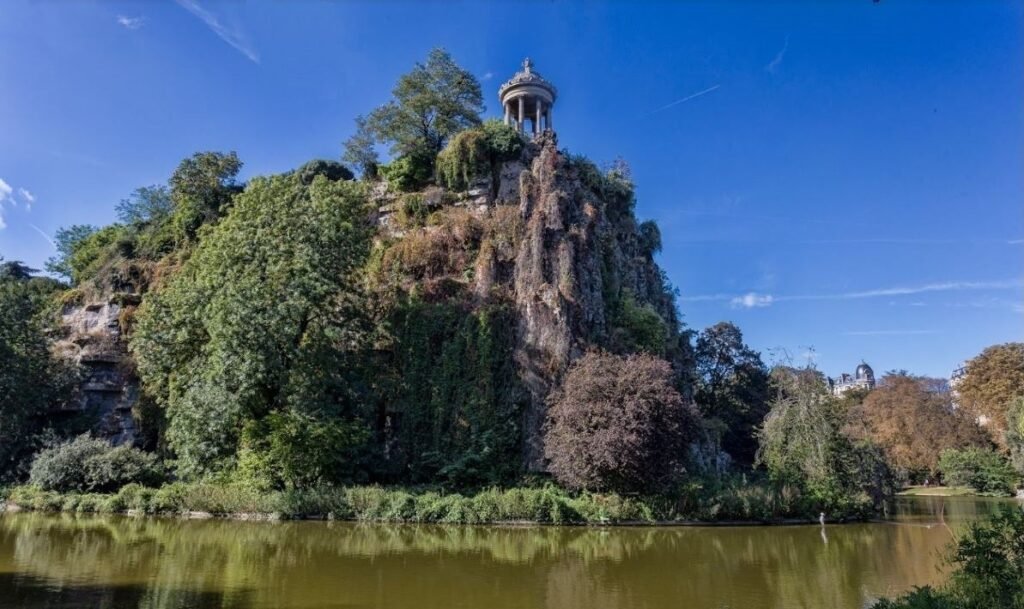
19th Distrit of Paris (Buttes-Chaumont) it is less popular than other districts. There are two public parks on its territory: the charming Parc des Buttes Chaumont located on a hill and Parc de la Villette. It has gained a bad reputation, among other things, due to refugees who from time to time set up camps near the Stalingrad Metro station.
Here you will find: Parc des Buttes Chaumont, Parc de la Villette, Geode.
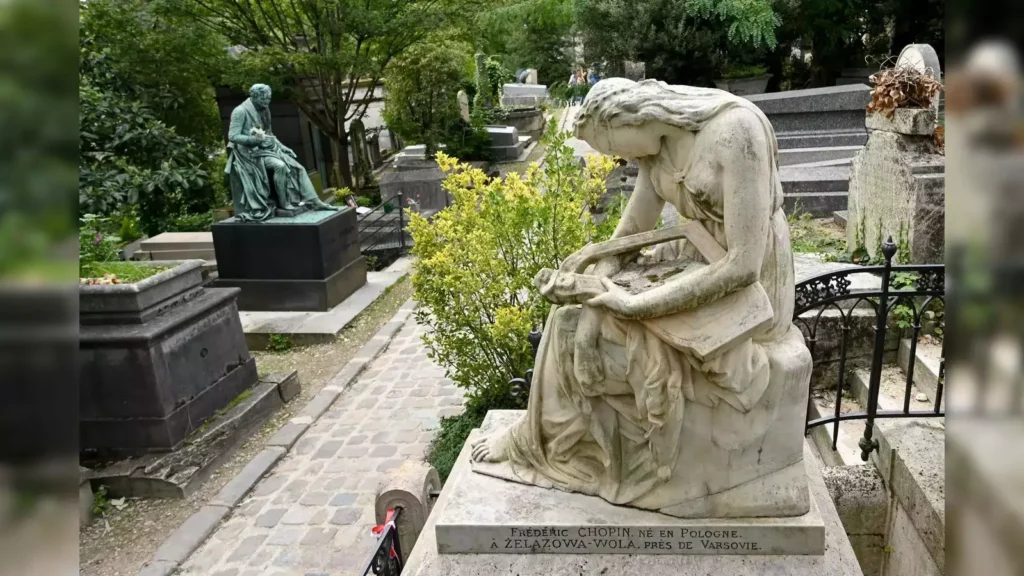
20th Distrit of Paris (Ménilmontant) Covering an area of over 48 hectares, the Pere-Lachaise cemetery is the largest necropolis in Paris. It is mainly what attracts visitors to the twentieth, peripheral district, which does not enjoy the best reputation among the residents.
Here you will find: Pere-Lachaise, Belleville Park.
Paris is a real treasure trove of places to visit. After interesting trips, you can relax in one of the fashionable restaurants and go shopping. So, let’s start the adventure…
